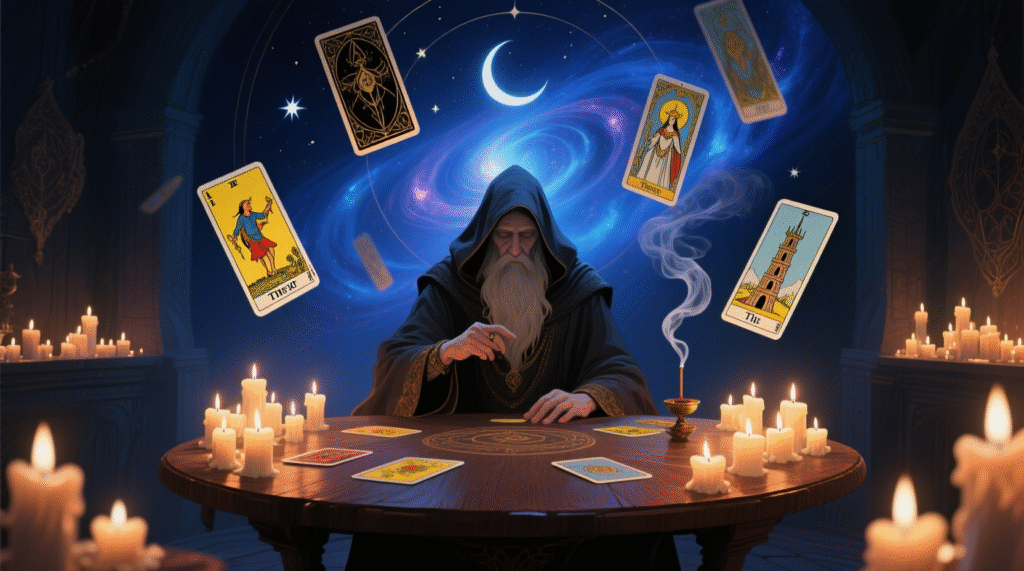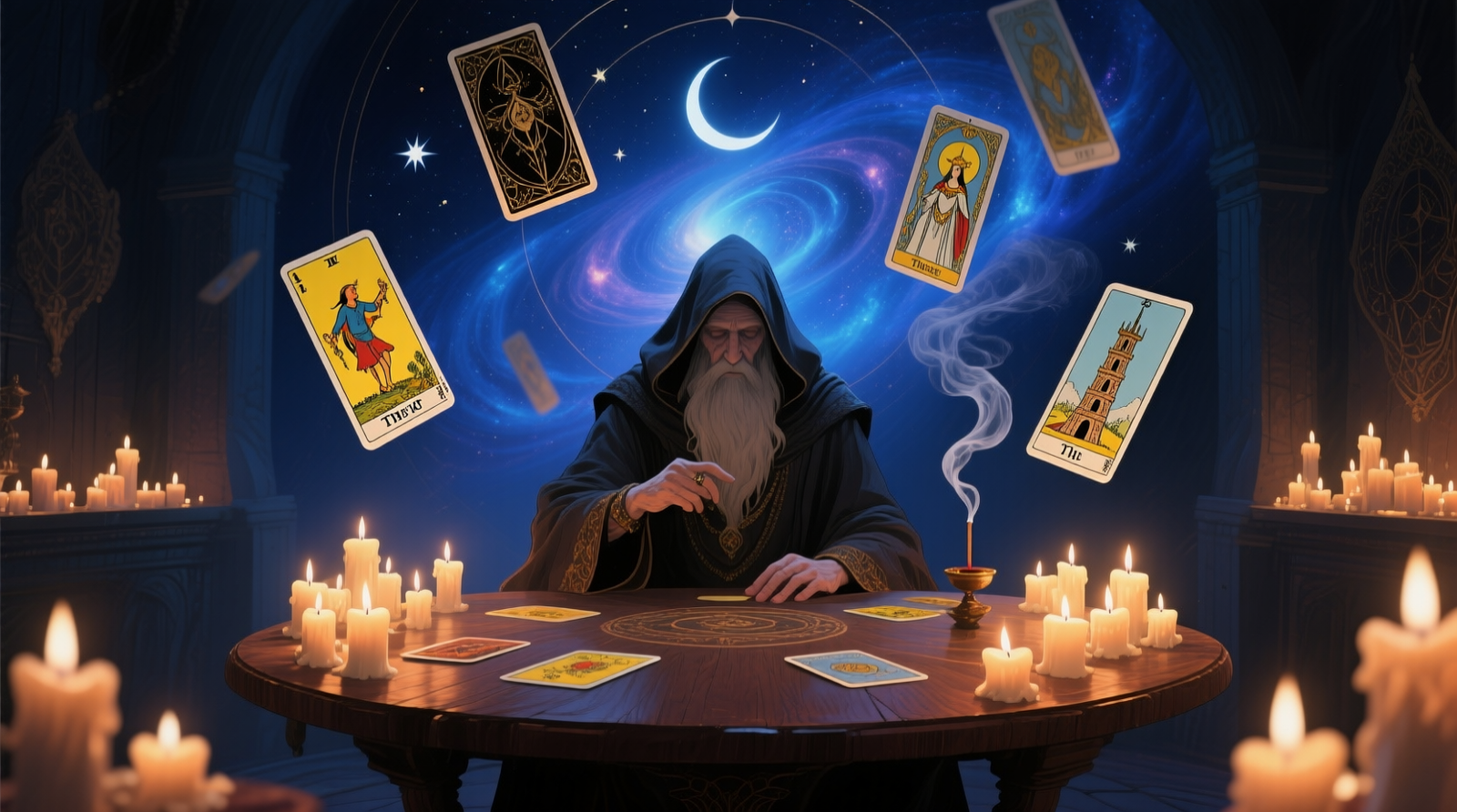Tarot card reading is an ancient practice that blends mysticism, intuition, and storytelling to offer insights into the past, present, and future. Rooted in centuries-old traditions, tarot has evolved from a parlor game to a tool for spiritual guidance and self-reflection. This article explores the history, mechanics, and cultural significance of tarot card reading, shedding light on its enduring appeal in the modern world.

The Origins of Tarot
Tarot cards originated in 15th-century Europe, primarily as playing cards for games like tarocchi in Italy. The earliest known decks, such as the Visconti-Sforza deck, were commissioned by wealthy families and featured intricate artwork. By the 18th century, tarot began to take on esoteric meanings, largely due to occultists like Antoine Court de Gébelin, who linked the cards to ancient Egyptian wisdom and Kabbalistic traditions.
The modern tarot deck, standardized in the early 20th century with the Rider-Waite-Smith deck, consists of 78 cards divided into the Major Arcana (22 cards representing significant life themes) and the Minor Arcana (56 cards covering everyday events). Each card carries symbolic imagery, drawing from archetypes, astrology, and numerology.
How Tarot Card Reading Works
A Tarot card reading typically begins with a question or intention from the querent (the person seeking guidance). The reader shuffles the deck, often while focusing on the querent’s energy, and lays out the cards in a specific pattern called a spread. Common spreads include the three-card spread (past, present, future) and the Celtic Cross (a 10-card spread offering detailed insights).
Each card’s position in the spread influences its interpretation. For example, the Fool in the Major Arcana might symbolize new beginnings when upright but recklessness when reversed. Readers combine card meanings, their intuition, and the querent’s context to craft a narrative. Contrary to popular belief, tarot does not predict the future with certainty; rather, it highlights possibilities and offers perspectives to guide decision-making.
The Role of Intuition
Intuition is the cornerstone of Tarot card reading. While card meanings provide a framework, experienced readers rely on their inner sense to interpret subtle nuances. This intuitive process makes each reading unique, as it reflects the reader’s connection to the cards and the querent’s energy. Skeptics may view tarot as subjective, but practitioners argue that this subjectivity allows for personalized, meaningful insights.
Cultural Significance and Modern Appeal
Tarot card reading has seen a resurgence in recent years, particularly among younger generations seeking alternative spiritual practices. Its accessibility—requiring only a deck and an open mind—has made it popular in both online and offline communities. Social media platforms like X showcase vibrant tarot communities where readers share spreads, interpretations, and aesthetic deck designs.
Beyond divination, tarot serves as a tool for self-discovery. Many use it for journaling prompts, meditation, or creative inspiration. Psychologically, tarot can act as a mirror, helping individuals process emotions and gain clarity. Its open-ended nature allows it to resonate with people across spiritual and secular backgrounds.
Common Misconceptions
Despite its popularity, tarot is often misunderstood. Some view it as fortune-telling or associate it with superstition, but most practitioners emphasize empowerment over fatalism. Another misconception is that tarot requires psychic abilities; in reality, anyone can learn to read cards with practice and study. Finally, tarot is not tied to any specific religion, though it can complement various spiritual practices.
Getting Started with Tarot
For beginners, choosing a deck is the first step. The Rider-Waite-Smith deck is recommended for its clear symbolism, but countless decks exist, from minimalist to themed designs. Learning the card meanings is essential, but practice through daily draws or simple spreads builds confidence. Books like 78 Degrees of Wisdom by Rachel Pollack or online resources can deepen understanding.
Conclusion
Tarot card reading is more than a mystical art—it’s a dynamic practice that invites exploration of the self and the unknown. Whether approached as a spiritual tool, a creative outlet, or a psychological aid, tarot offers a unique lens through which to navigate life’s complexities. As its popularity continues to grow, tarot remains a timeless bridge between intuition and insight, inviting all who engage with it to uncover their own stories.
